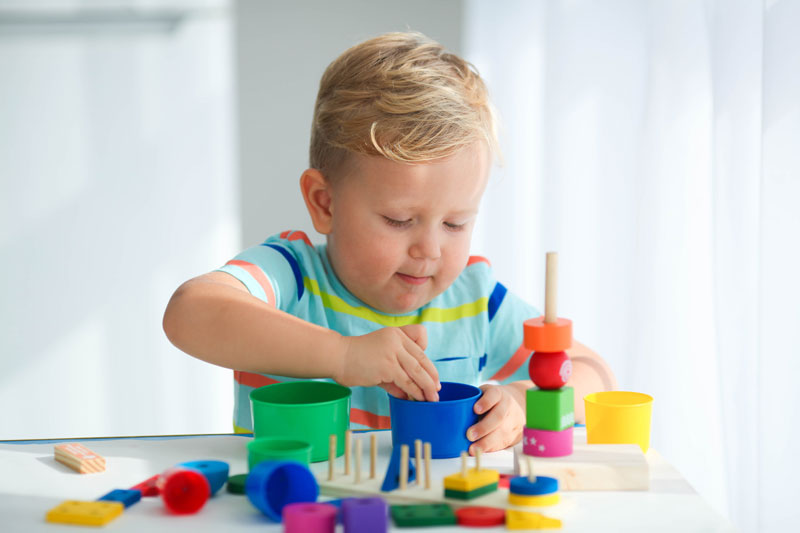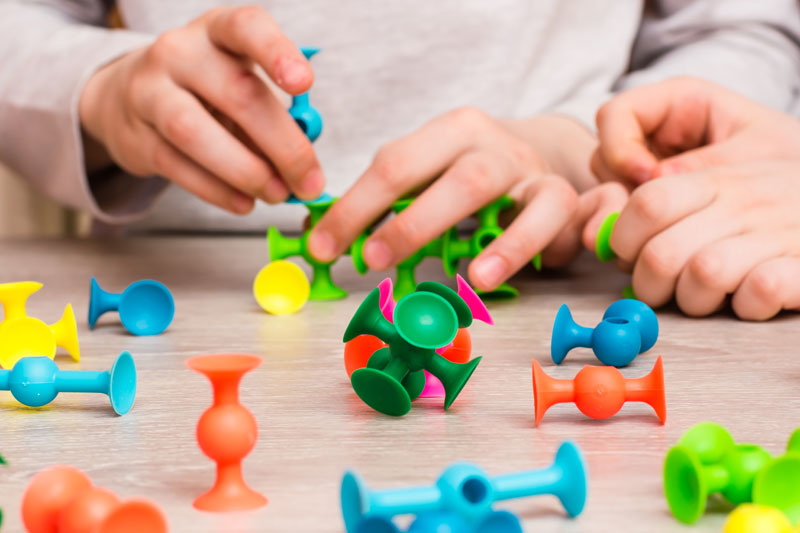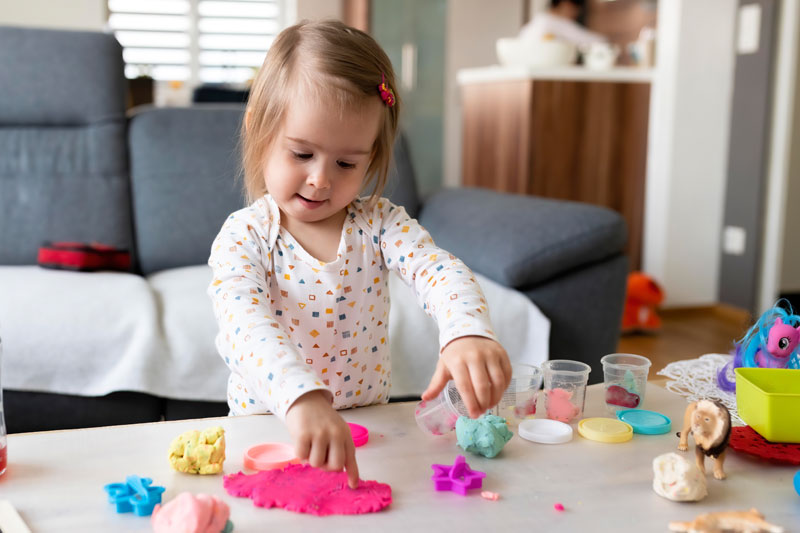Fun and Easy Fine Motor Activities for Young Children

Your children engage in numerous daily routines that require fine-motor coordination in the hands, such as holding a pencil, eating, tying shoelaces, and similar tasks. We call these fine motor skills.
The question is, what fine motor skills activities will your children find not only easy but also amusing at the same time? Check out several recommendations below.
What are Fine Motor Skills?

Fine motor skills involve smaller or finer muscles, particularly those in the hand and wrist. Fine motor skills activities may encompass grasping or gripping skills, as well as hand-eye coordination.
You can compare it with another motor skill – gross motor skills. These skills engage bigger muscles and muscle groups. The example activities consist of crawling, rolling, and walking.
How Fine Motor Skills Progress
Fine motor skills begin to develop in early childhood (infants) and continue to improve as children age. Keep in mind that children do not grow at the same rate. However, there are typical milestones they tend to achieve at various ages.
- For example, at the ages of 5 or 6, children usually can use a spoon or fork effortlessly and replicate shapes and letters.
- At 7 or 8, children typically can tie their shoes, button, and zip independently.
7 Playful Fine Motor Activities to Try

The following fine motor skills activities somewhat differ as they are more Montessori-based art activities. What do they mean? Most of them would be child-driven, indicating that you provide the necessary materials and then allow your children to explore and be creative.
1 – Paper tearing
This fine motor skills activity can be super fun to do, even for your littlest toddler. Besides being enjoyable, ripping paper has the benefit of strengthening the small muscles in the hand and building hand coordination.
What to do: Pick attractive paper (or wrapping papers or a child’s artworks) and cut it into strips. Put a bowl and a few strips on a tray. Demonstrate to your kid how to rip the paper and put the torn pieces in the bowl.
2 – Sticker peeling
Removing stickers from a sheet can be a challenging fine motor activity for your young toddlers. Still, getting the attractive stickers will motivate and drive them to persist despite the challenges.
What to do: For little toddlers, trim the sticker sheet so your child has just 4-5 stickers at once, preventing it from becoming too overwhelming. Remove the white backing from the sticker sheet in advance to make it simpler.
3 – Introducing crayon rocks
Montessori classrooms delay pencil use until children’s hands are ready (mastering the three-finger pincer grip). Accordingly, the so-called crayon rocks can be a great alternative for this stage.
What to do: Buy or use regular crayons by breaking them into smaller pieces. Alternatively, utilize the unavoidable broken pieces from the older sibling’s discarded collection.
4 – Playing with clay
Clay demands greater hand strength for shaping. Additionally, playing with clay can be such a healing and calming fine motor skill activity.
What to do: Replace the tools you provide to assist your kid in engaging their hands in various ways.
5 – Gluing
Showing your little ones how to glue can be quite challenging due to the possible mess. However, it is one of the greatest fine motor skills activities to exercise.
What to do: Provide small items to stick, like tiny pieces of paper or sequins, to enhance fine motor skills and improve accuracy.
6 – Painting
What to do:
- The youngest kids can enjoy finger painting, which is excellent for building hand strength and experimenting with various pressure levels.
- Bigger toddlers can use cotton balls for painting if they are still refining their pincer grip.
- Painting with a paintbrush is a great idea once your kids can do a three-finger grip.
7 – Tracing
Once your kids have perfected the pincer grasp and begin writing with a pencil, tracing can effectively enhance their hand control.
What to do: Follow the Montessori unique collection of metal forms. Alternatively, you can use basic stencils at home.
The outcomes won’t be necessarily identifiable or adorable. However, your child will be truly engaged in the activity. Through every wiggly line or brush stroke, they will be getting their hand ready for writing and other advanced hand motions.
Have you tried the above fine motor skills activities in your little one’s daily routines? Share your stories in the comments to connect with other new mothers. Alternatively, take your time to learn more about other infant developmental milestones, such as how to encourage language skills.



